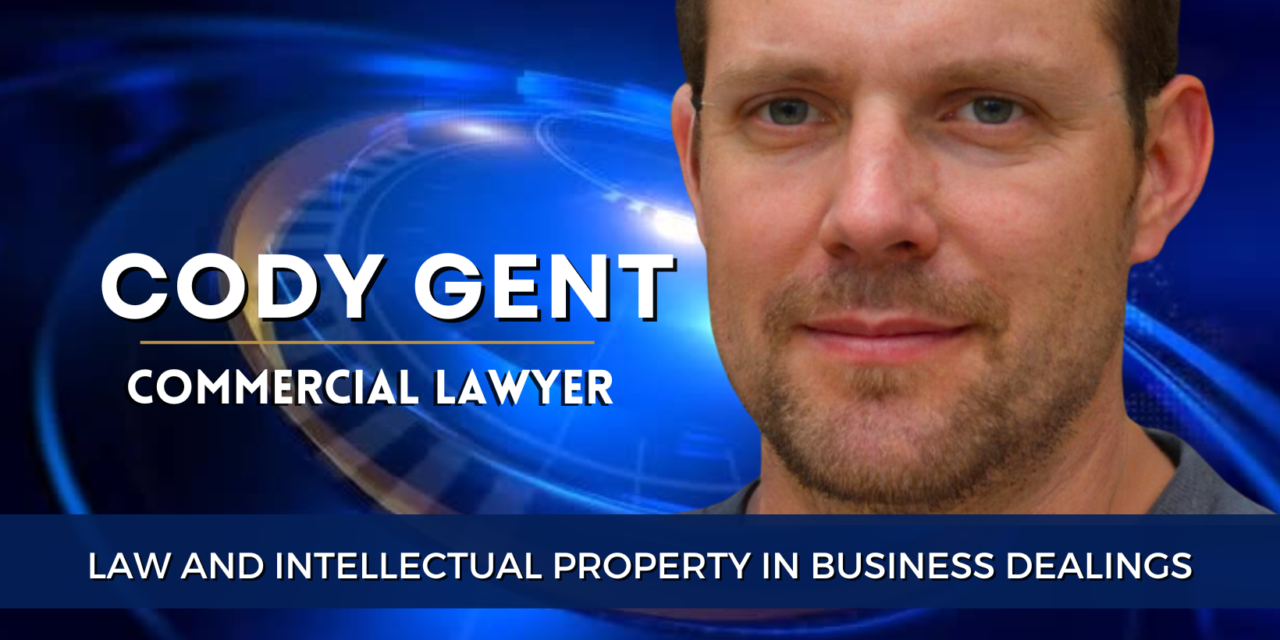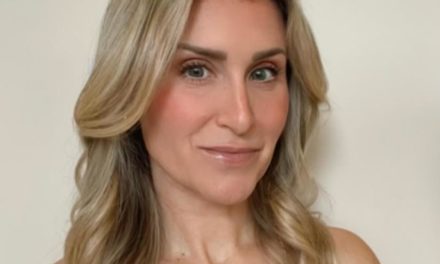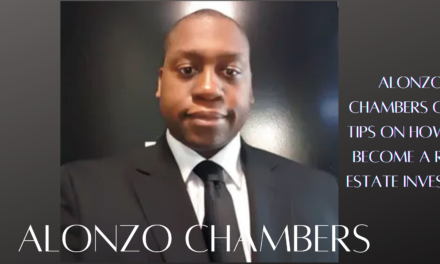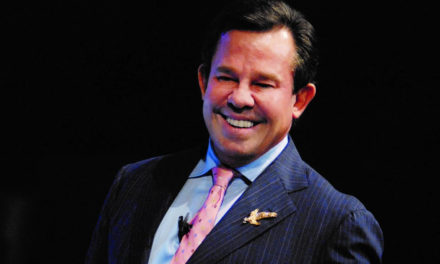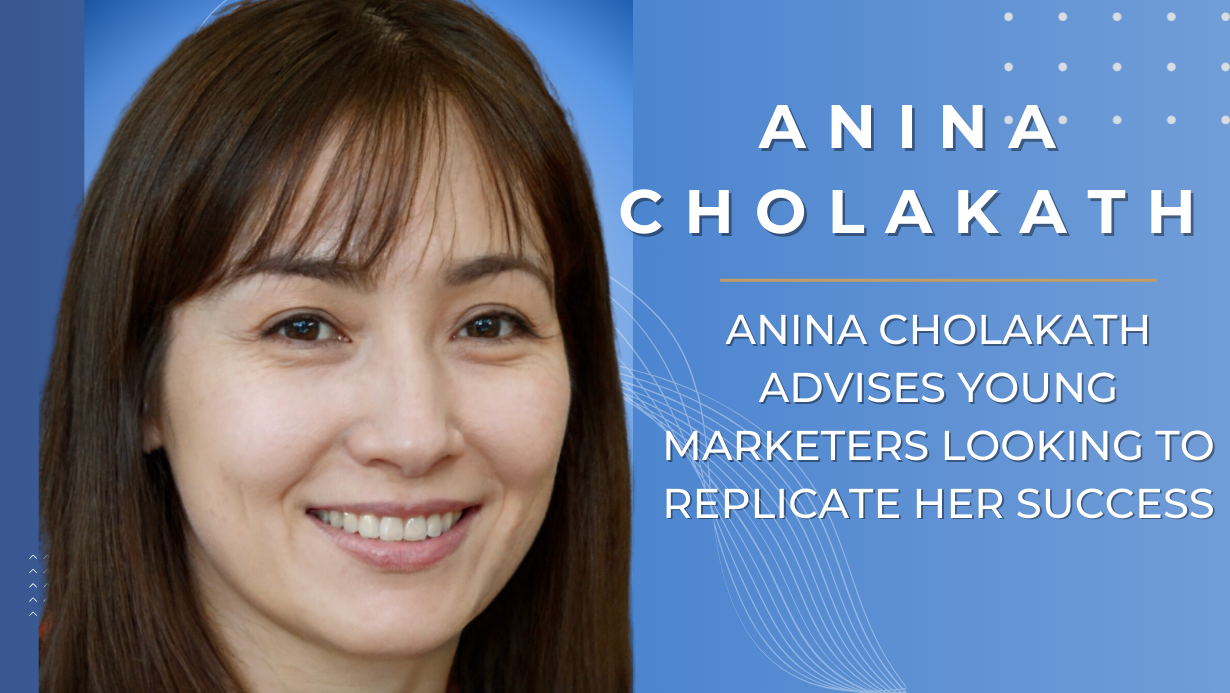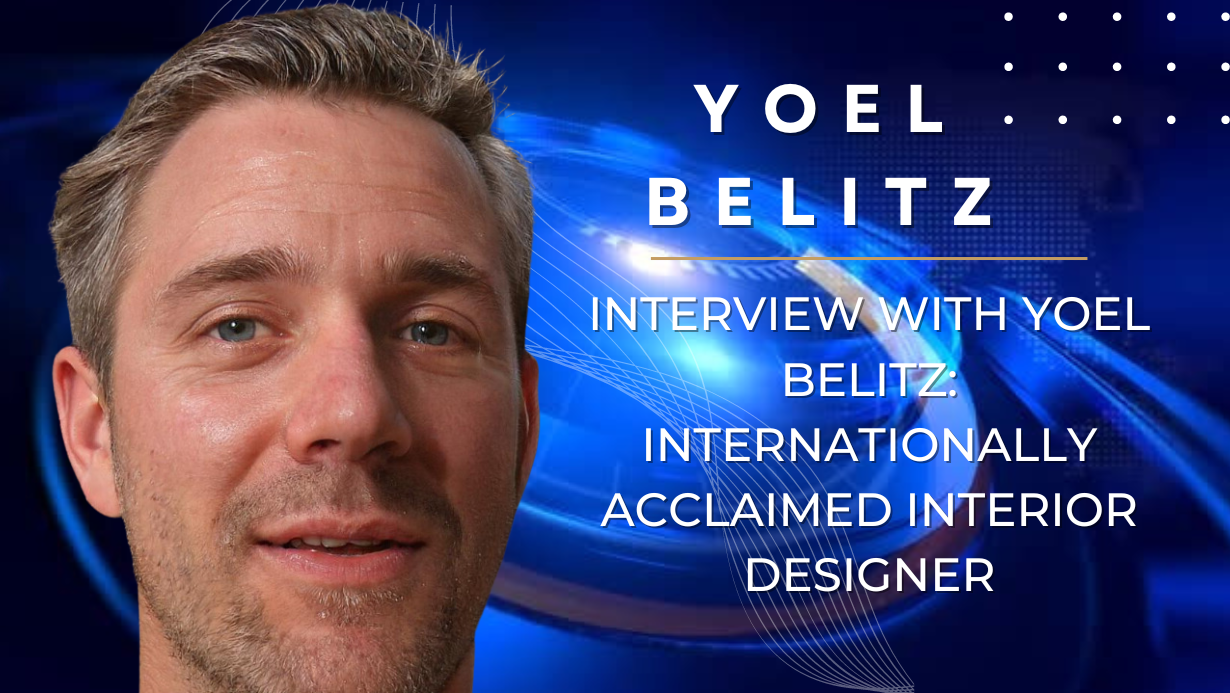Cody Gent is a well-known commercial lawyer, boasting over two decades of unparalleled expertise and unwavering dedication to his clients. His astute legal acumen and enviable track record in high-profile cases have redefined industry standards, particularly in complex commercial transactions, mergers, and acquisitions. Beyond his legal prowess, Gent is a devoted philanthropist, making substantial contributions to diverse charities encompassing education, healthcare, environmental conservation, and humanitarian aid. His commitment extends beyond financial support, actively engaging with charitable organizations to leverage his legal expertise for systemic change. Advocating for justice within and outside the courtroom, Gent is a vocal supporter of legal education and mentorship, dedicating time to nurturing the next generation of legal minds. He passionately advocates for sustainable business practices, emphasizing environmentally conscious approaches in the corporate world. Cody Gent’s legacy transcends legal triumphs, indicative of the profound impact an individual can have when driven by a vision of justice, compassion, and progress.
Can you provide examples of cases where you successfully helped a company protect its intellectual property, and what strategies did you employ to achieve positive outcomes?
I was hired by a US company who suspected their OEM manufacturer was stealing their IP. I was able to help them prove in court and protect their IP from being misused by a company that had not put any money into R&D. To get a positive outcome, I worked closely with lawyers from the country where the OEM manufacturer is located. It took time, but we were able to prove that they were working against my client’s interests.
How do you stay updated on the latest developments in intellectual property law, and how do you integrate this knowledge into your practice to benefit your clients?
I am quite strong on industry networking. I always attend conferences that touch on intellectual property. This allows me to stay current on what is happening and adjust accordingly. I am also an avid reader and always subscribe to law publications that write on matters related to intellectual property. To integrate it into practice, I always deal with IP cases that I take using the latest techniques. It’s a strategy that has worked well so far.
How do you balance your clients’ needs to protect their intellectual property while ensuring compliance with relevant regulations and laws?
It’s simple: I always ensure that clients stay within the law regarding intellectual property. For every company I work for, I always make a point of bringing them up to speed on the latest regulations and global trends regarding IP. This allows them to find the best ways to protect their IP while staying within the law.
Intellectual property disputes can be complex and lengthy. Can you share a specific instance where you efficiently resolved a dispute, and what alternative dispute resolution methods did you employ?
There was a time when two companies both claimed to have come up with the same innovation, with one claiming that their IP had been stolen. The problem was that due to the nature of the innovation, it took time to tell whether the theft claims were true. To avoid costly litigation that would probably not deliver favorable outcomes, I called the CEOs of both companies and put them through an arbitration process. It worked, and by the end of the process, both companies made the most of the innovation at a fraction of the legal cost.
How do you approach drafting and negotiating contracts to safeguard a client’s intellectual property interests, and what key clauses do you typically include in such agreements?
When drafting business contracts, I always ensure that the inventor’s interests are well taken care of. I do this by including clauses that specify who owns what when an invention is made. I also have provisions that ensure that an employee who innovates using company resources cannot use that knowledge to start a competing organization or sell the same to a competitor. This approach has seen me save many of my clients from losing the investments they make in R&D.
In the age of technology and digital innovation, how do you address the challenges associated with protecting intellectual property rights, especially in the context of online infringement and cyber threats?
This is a big challenge that anyone in my profession can attest to. Technology is moving so fast that it can be difficult for companies to control the flow of information within and outside their set parameters. To deal with this issue, I have taken the time to educate myself on cyber security and IP theft. I have also invested heavily in a technical team that helps me identify gaps that can be used to exploit my clients’ IP investments. So far, it’s working.
Can you discuss a scenario where you had to advise a client on international intellectual property issues and how you navigated the complexities of different legal systems and jurisdictions?
As I mentioned earlier, I had to deal with a case where my client believed their contract manufacturer was stealing IP. I cracked the case by working closely with lawyers in the country where the manufacturer was based. I realized that through international legal cooperation on IP issues, it is easy to protect the work of innovators in a globalized world where information flows at lightning speeds.
Given the rapid pace of technological advancements, how do you anticipate changes in intellectual property law and proactively advise clients to adapt and protect their interests accordingly?
I think with new tech advancements such as AI, it will be harder to enforce intellectual property laws. It is getting to a point where it is difficult to tell human content from AI content, and this is just the beginning. Soon inventions in things like pharmaceuticals will create dilemmas as to whether they are human creations or inventions by AI. I advise my clients to invest in these new technologies to adapt to these changes. This can help them cut the number of resources they spend on generating new innovations while getting the same results. This can help cut the losses in case of IP disputes over time.
Collaboration and partnerships are standard in the business world. How do you structure agreements to protect a client’s intellectual property when entering into joint ventures or collaborative projects with other companies?
I always ensure that the agreement is structured so that there is a fair distribution of rights to jointly produced innovations. I also make sure the contracts are clear on what my client gets to keep once the joint venture is done. Simply put, my job is to ensure that my client’s assets stay protected even as they make the most of joint ventures and other collaborative activities.
